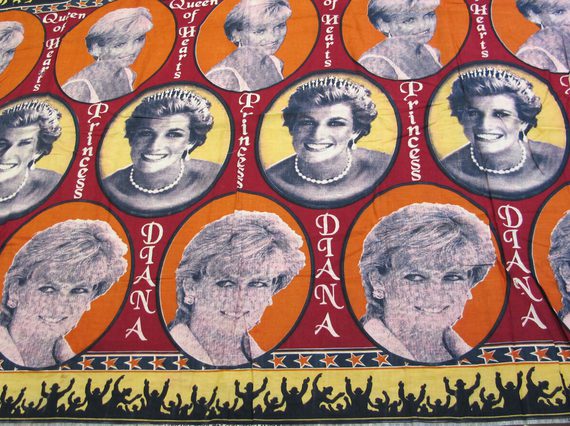
African Commemorative Textiles Project with Edinburgh College of Art
This creative project opened up our African collections as an inspirational resource for students at Edinburgh College of Art.
Last updated: 21 March 2022
About the project
One of the sights that really strikes you in many African countries is the wide spread use of mass produced brightly coloured printed cloths: worn as wrappers, used as baby carriers, to transport provisions and always visible in some use or another. It is a practical, low cost and available example of creativity, social comment and a highly visible expression of material culture worn every day, and to celebrate special occasions.
Amongst the primarily floral and geometric multi coloured designs are a significant category of designs commissioned by political, religious and non- governmental groups as promotional material to be distributed or sold to the public. There are also cloths commissioned to commemorate famous people and events. These cloths, known as commemorative textiles or cloths are a highly visible expression of shared community identity and concerns.
Sarah Worden, Senior Curator of the African collections between 2007 and 2022, carried out a number of research activities as part of the ongoing development of the African textile collections through fieldwork and donations during this period.
Lead image: Commemorative cloth with photographic portraits of Princess Diana: Africa, Southern Africa, Mozambique, 1994-2000.
- Project title
African Commemorative Textiles Project with Edinburgh College of Art
- Project active
2016 - 2017
- Research theme
Scotland's Material Heritage
Contributors
Dr Sarah Worden - Senior Curator, African Collections
National Museums Scotland
Lindy Richardson - Programme Director, Textiles
Edinburgh College of Art
Image gallery
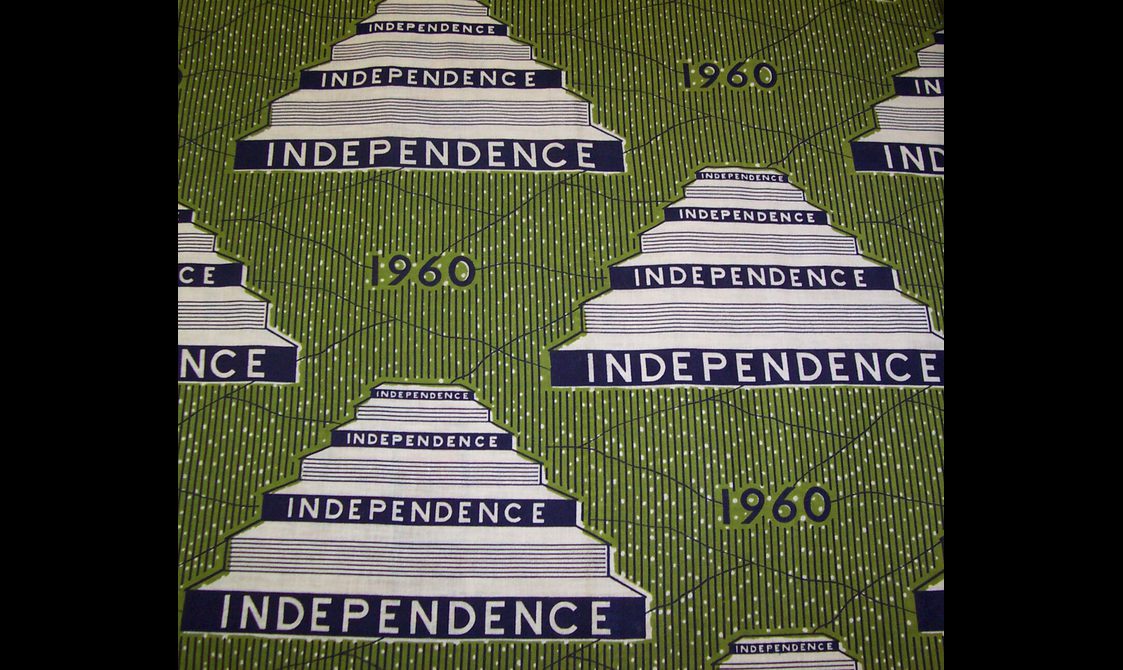
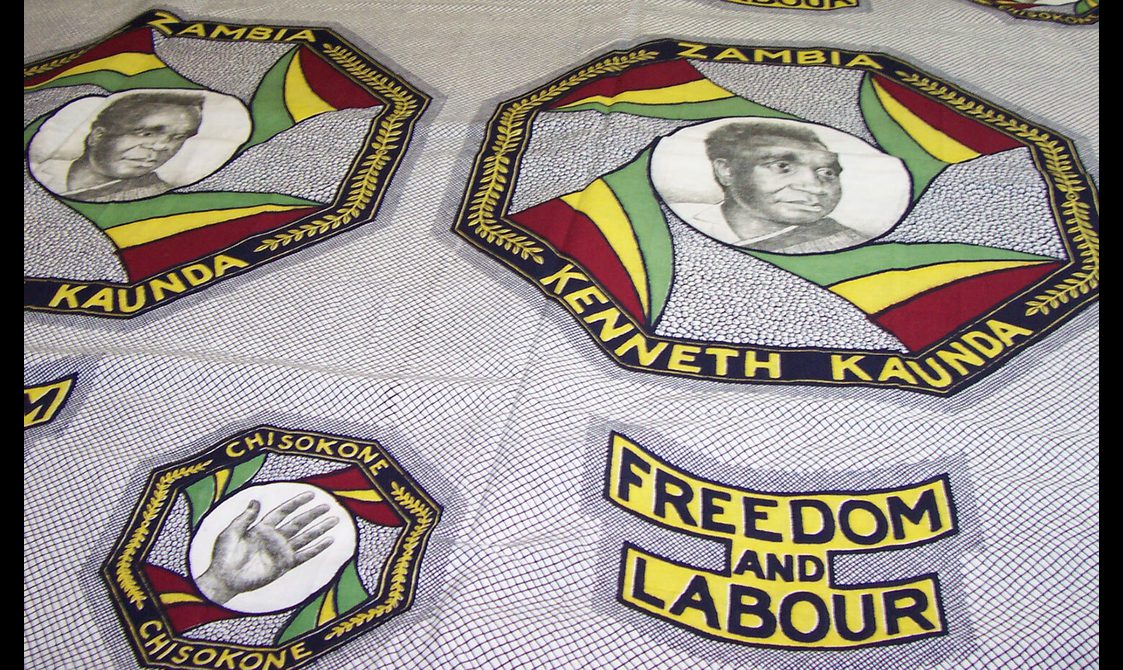
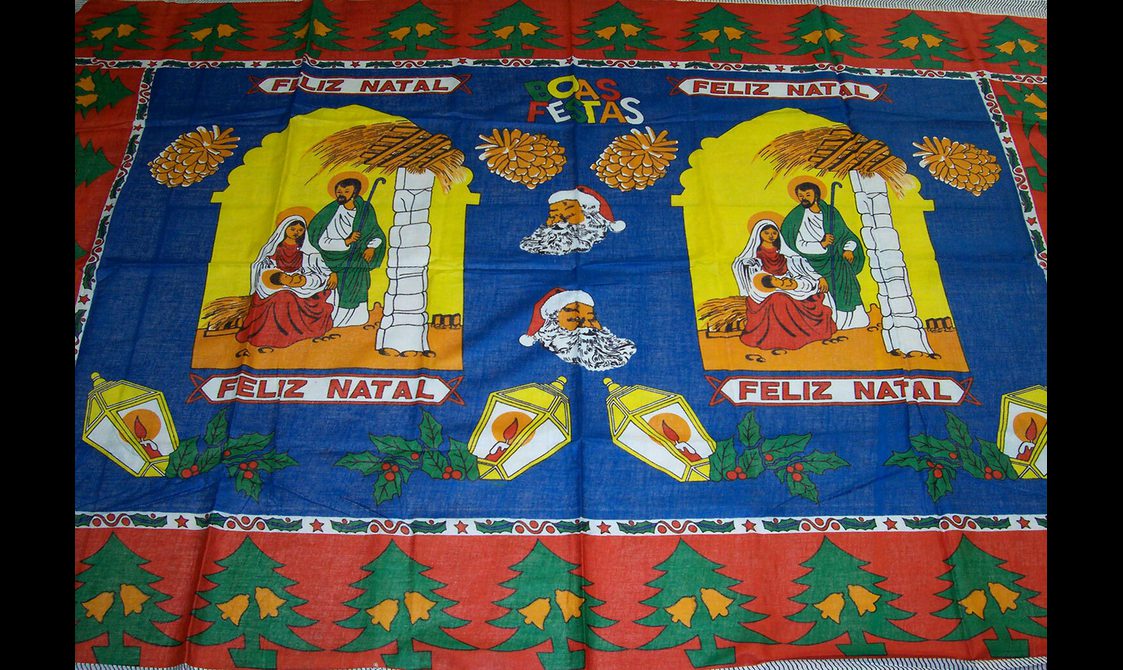
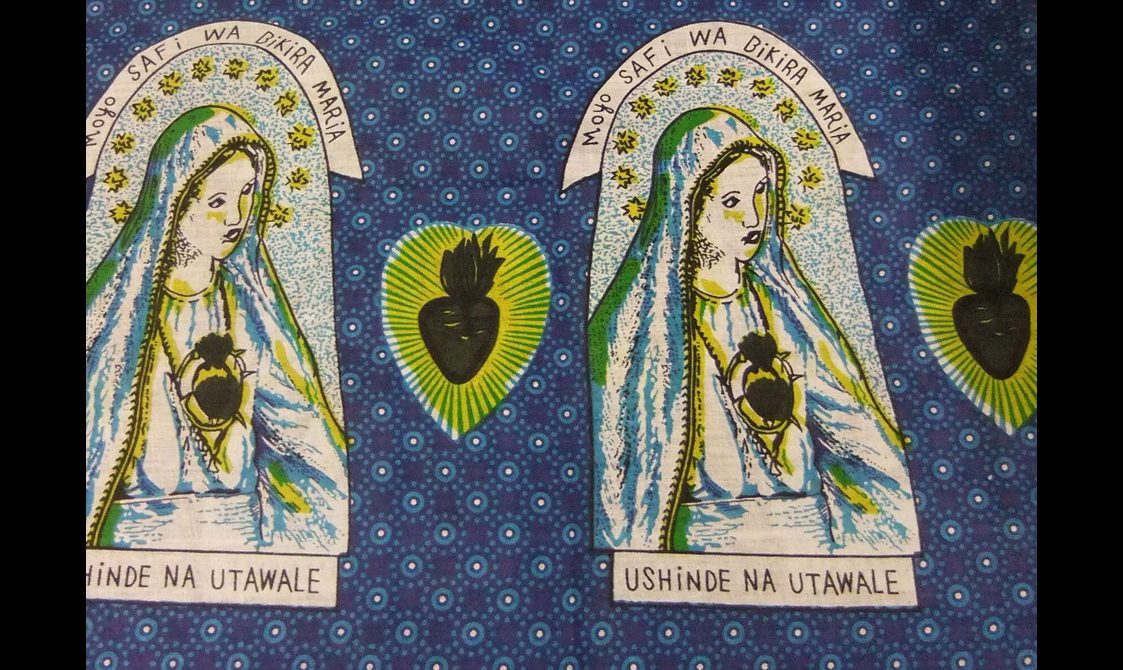

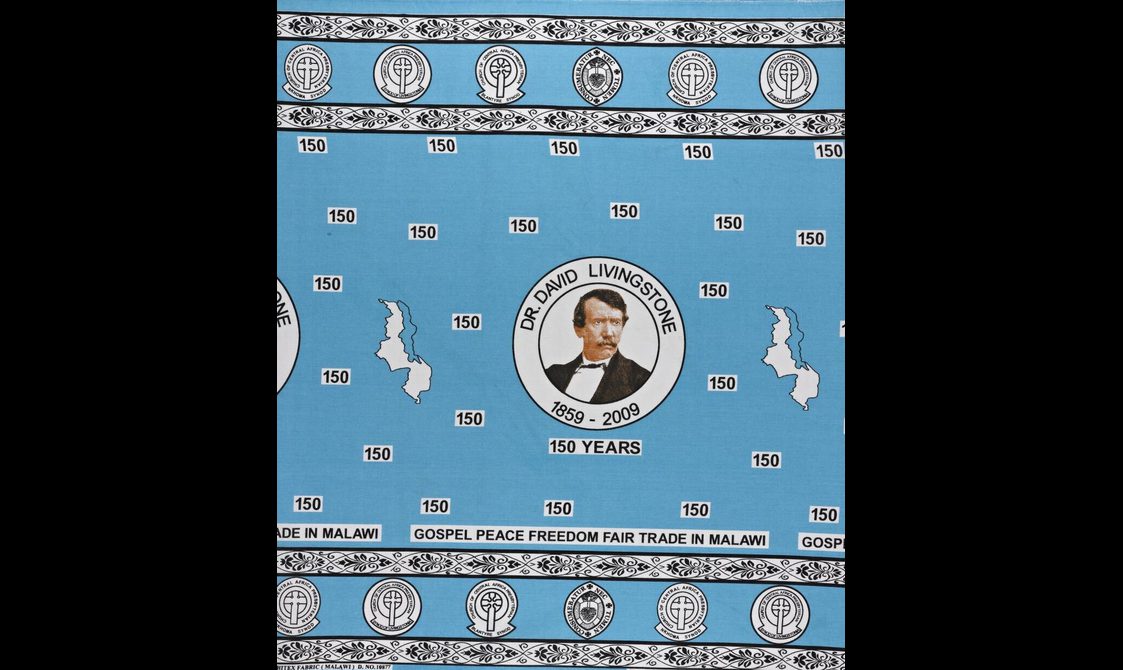
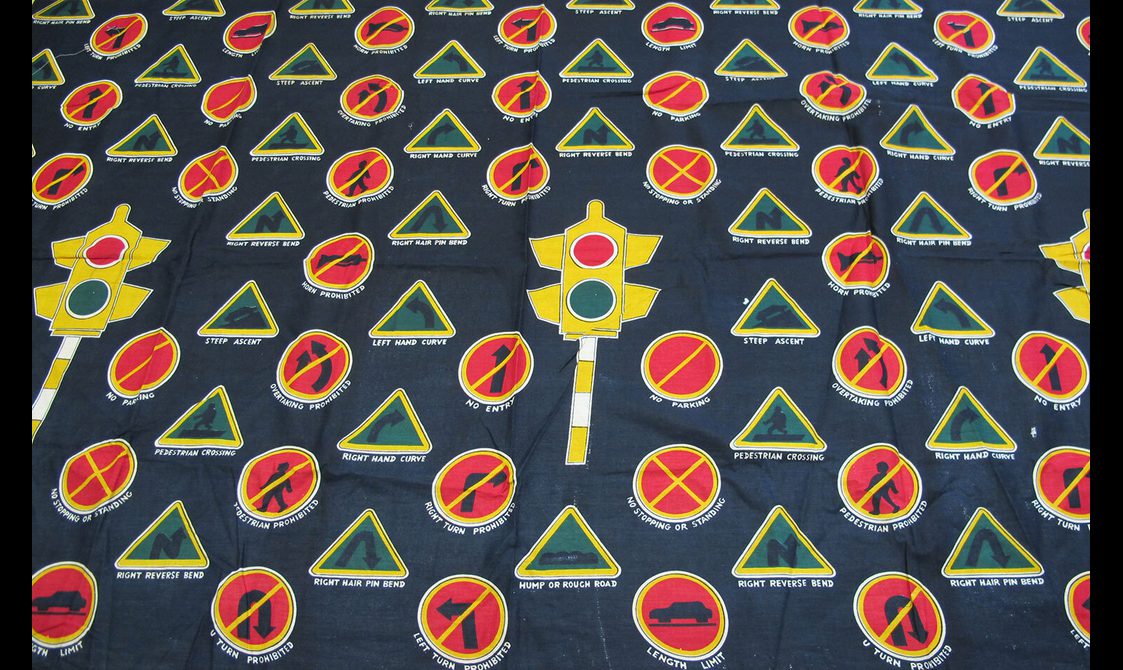
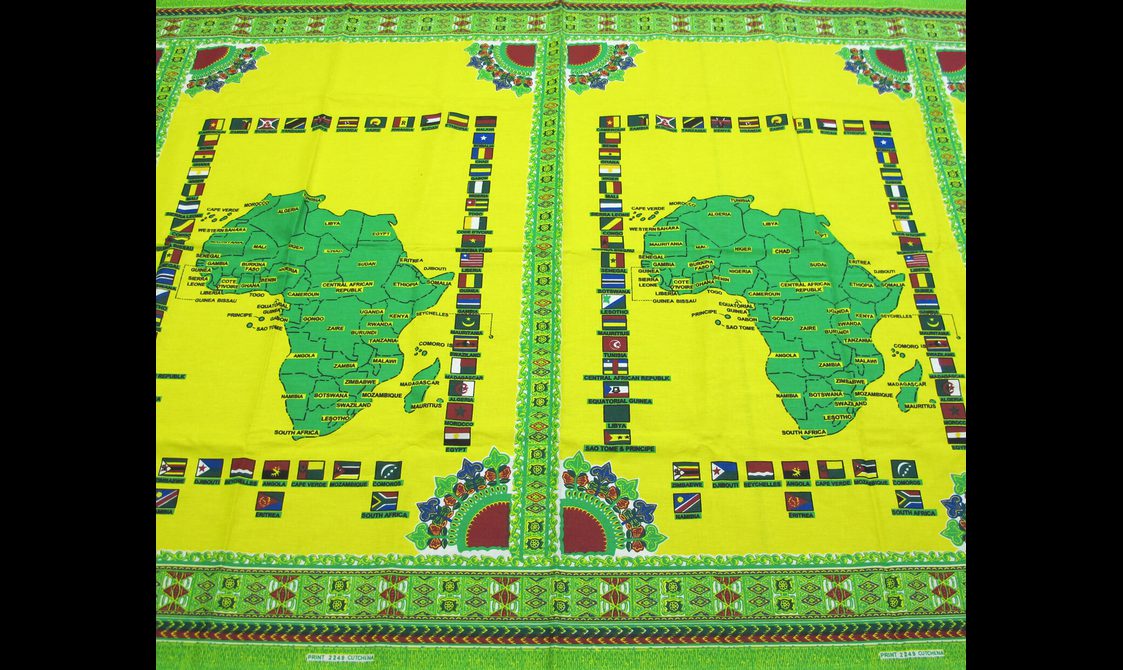
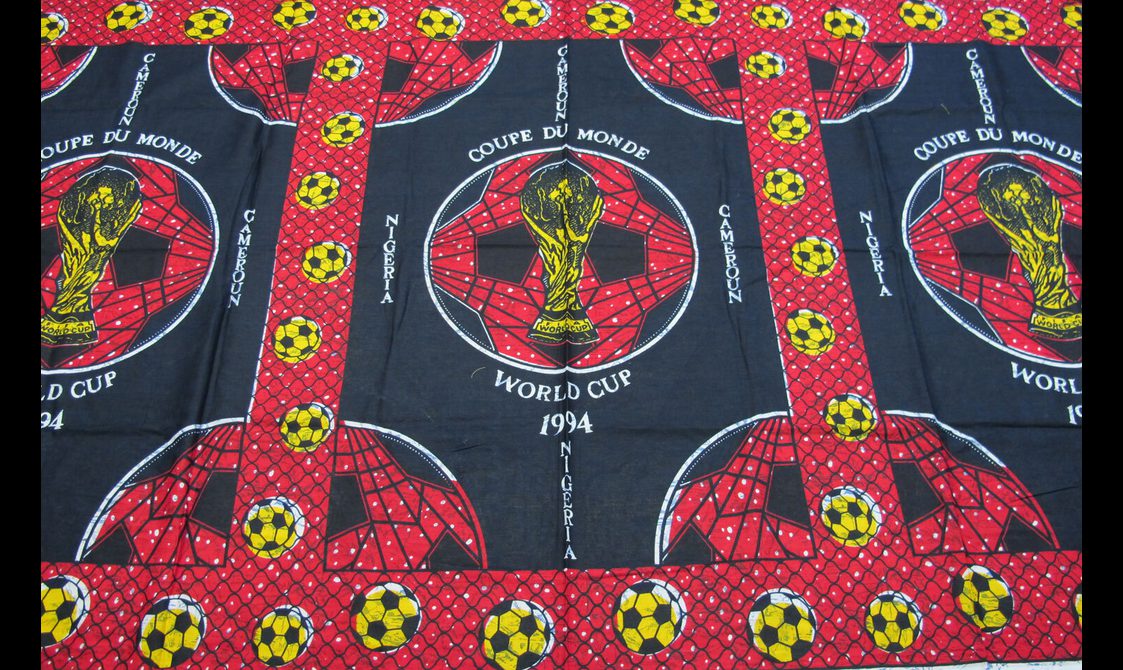
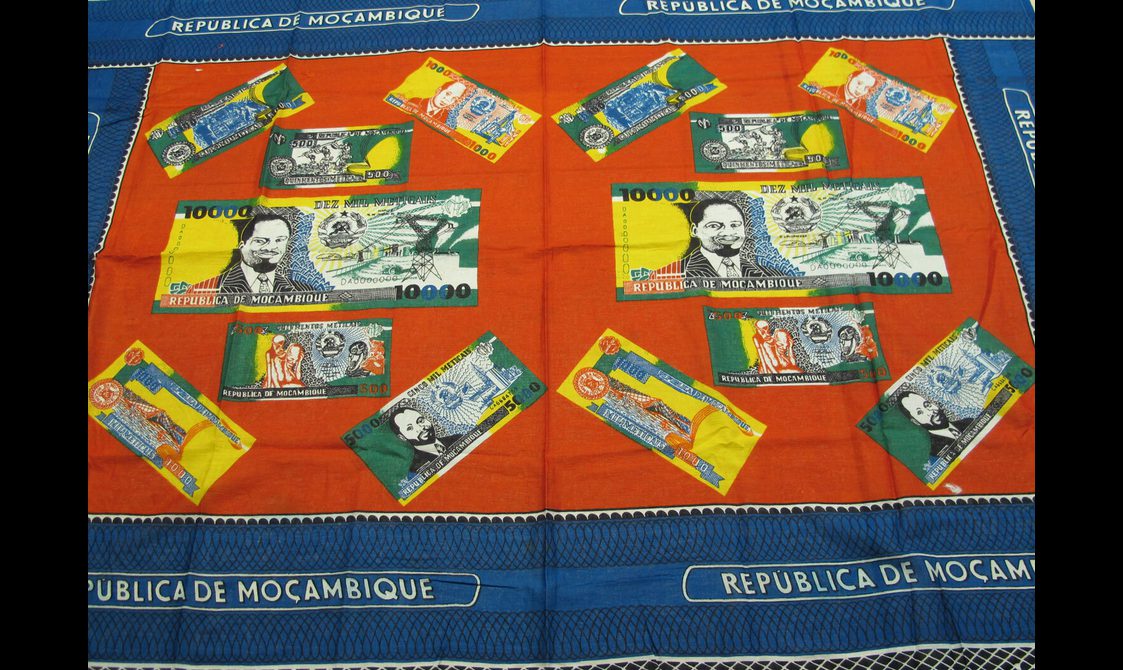
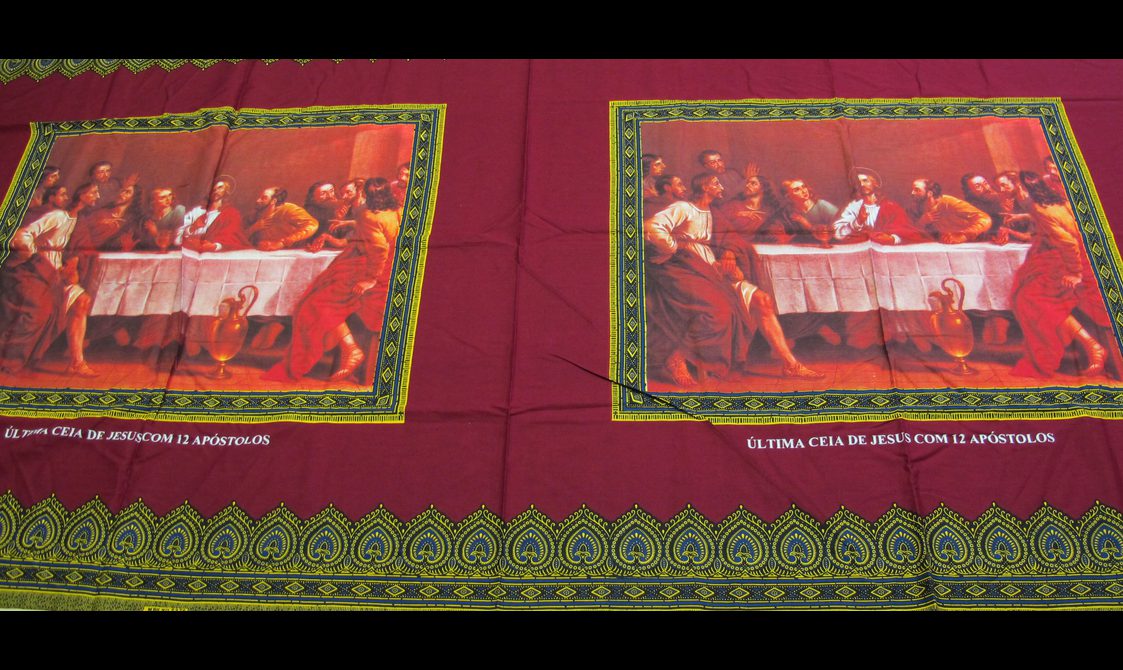

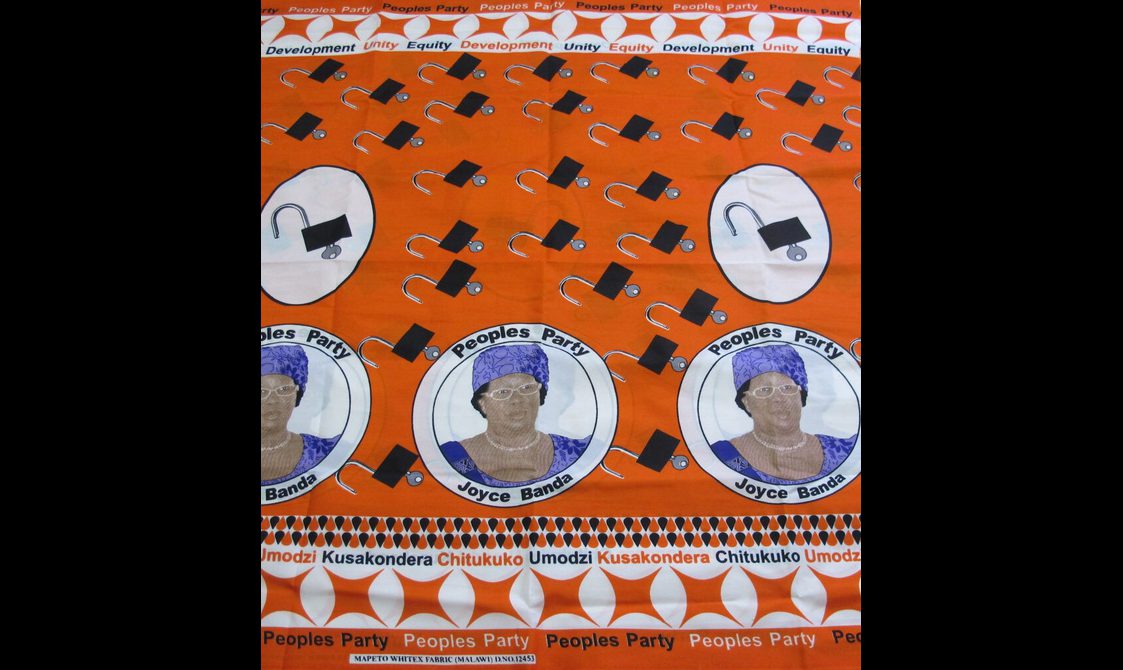
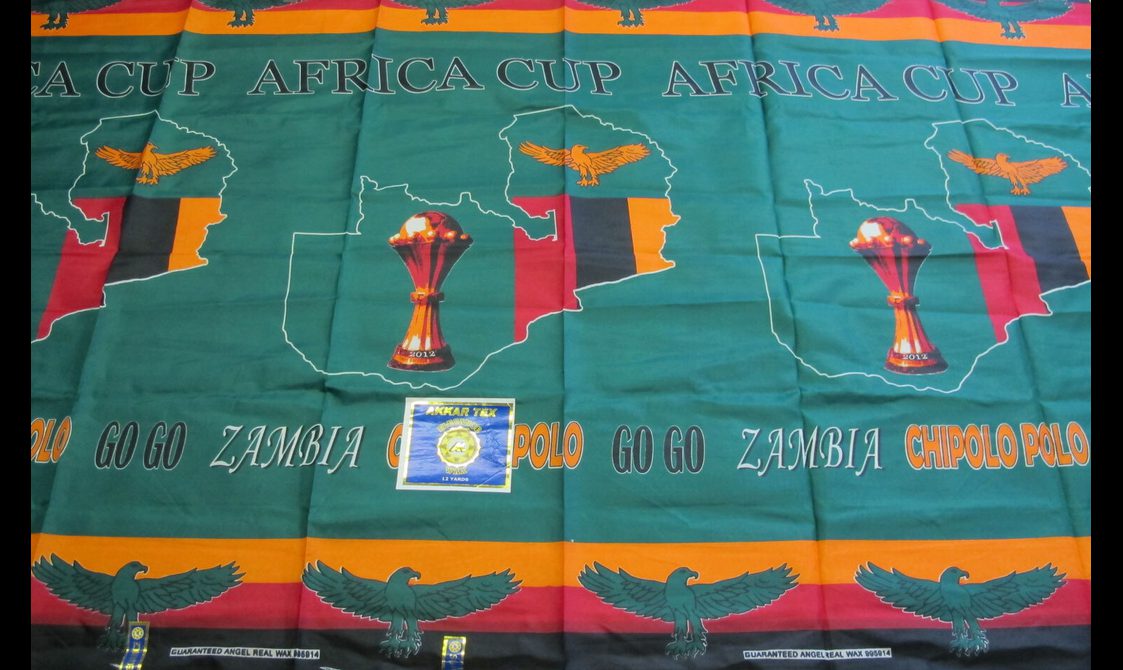
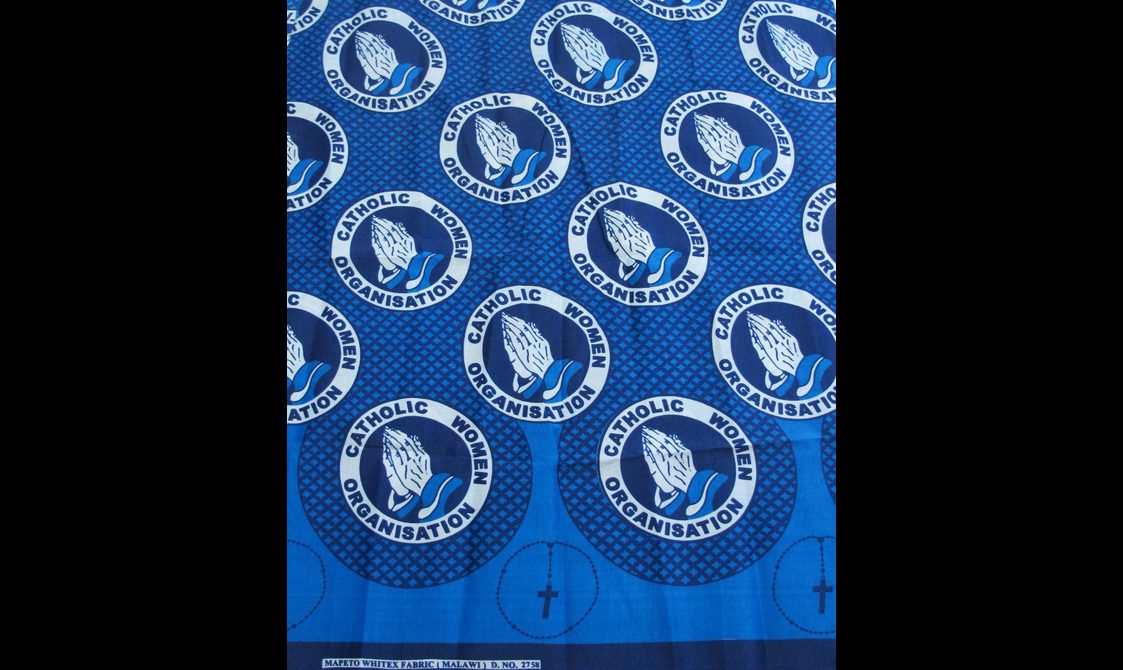
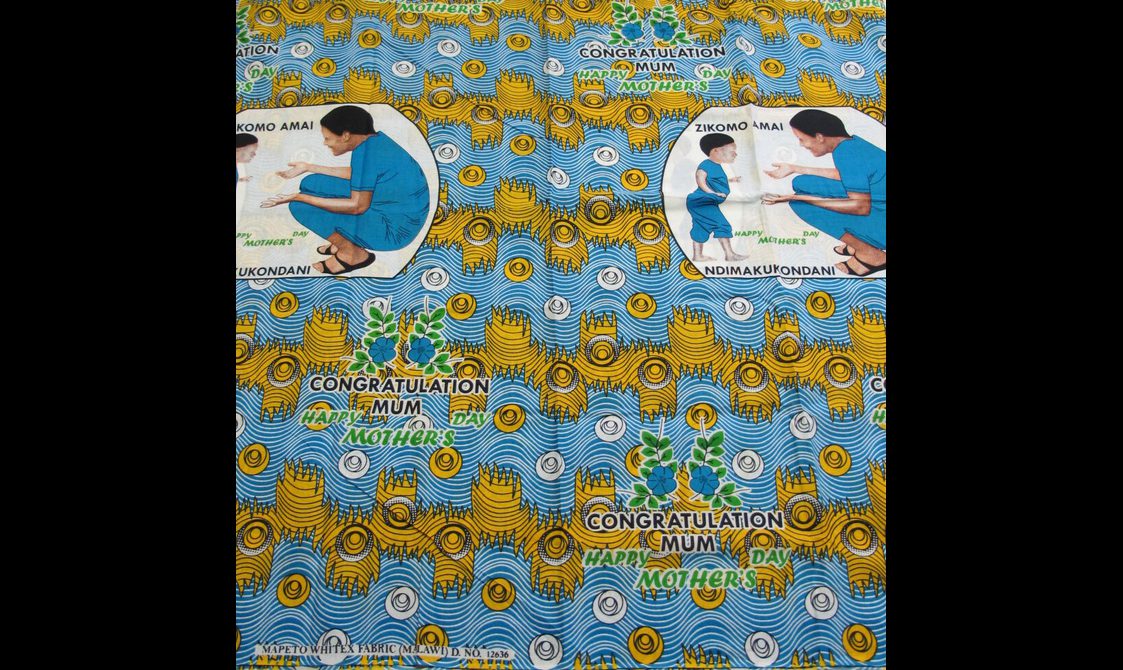
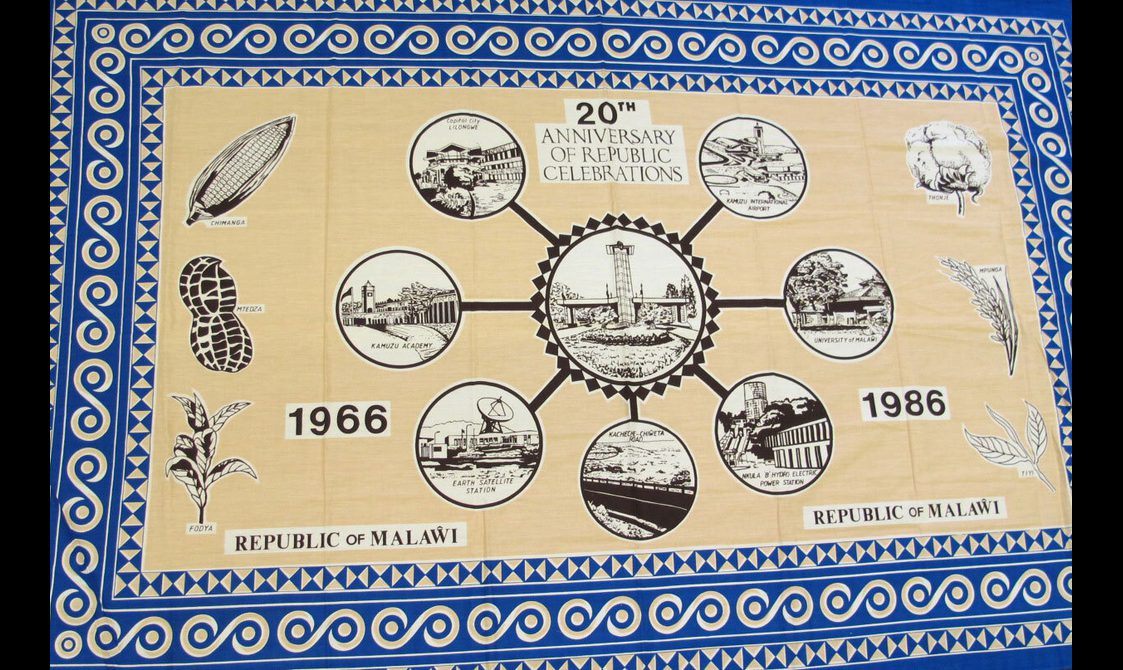
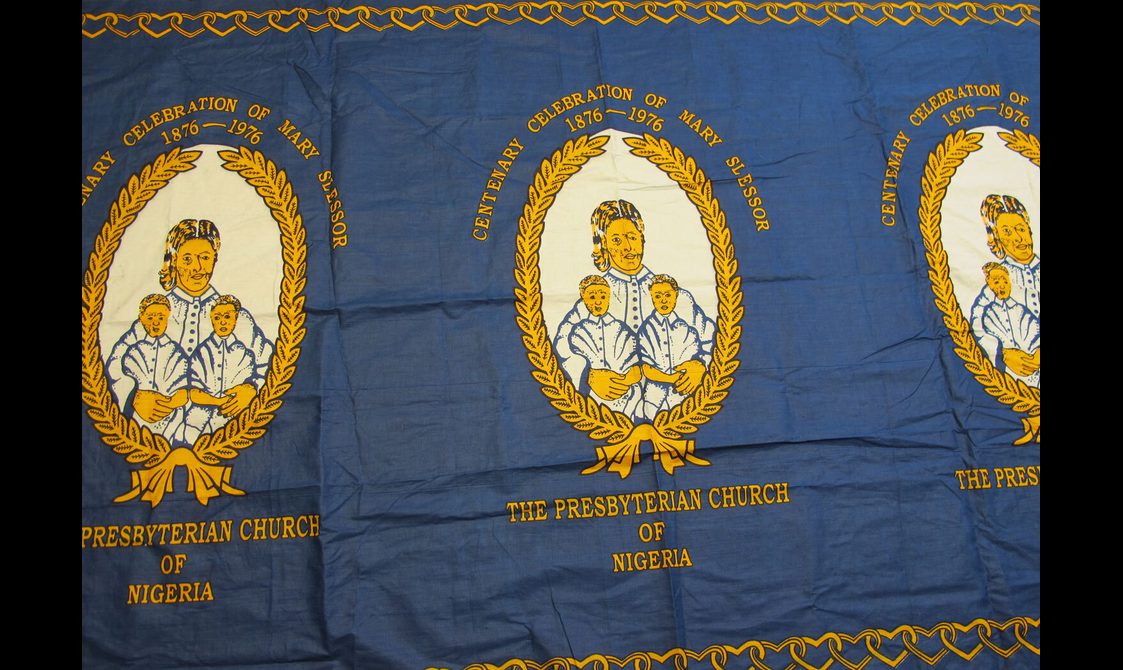


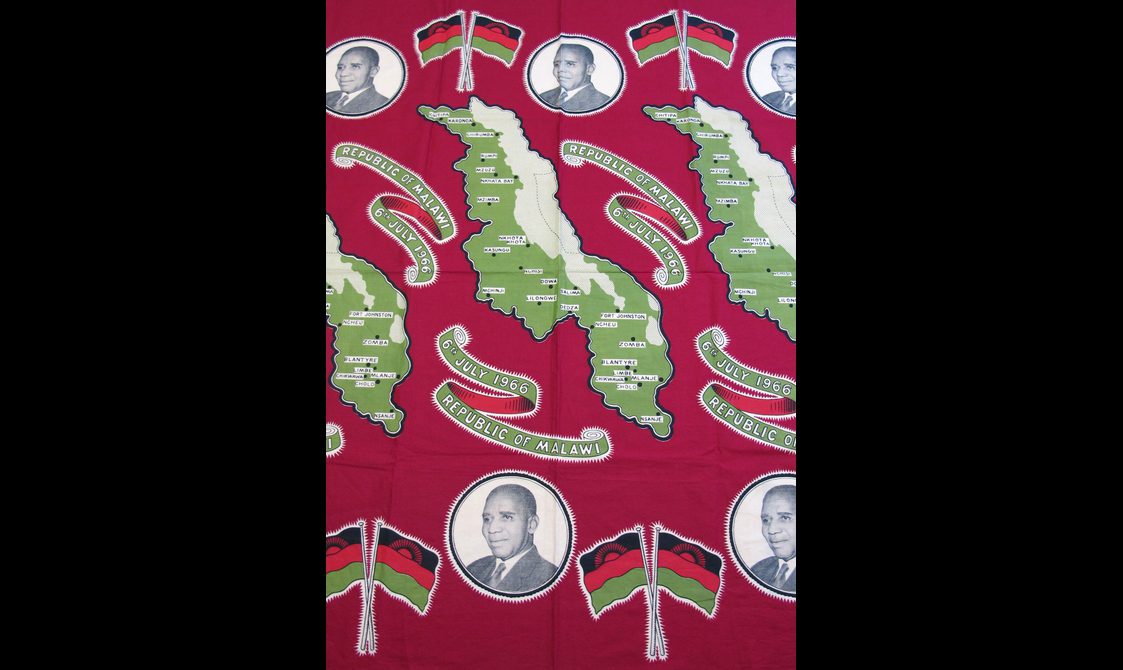
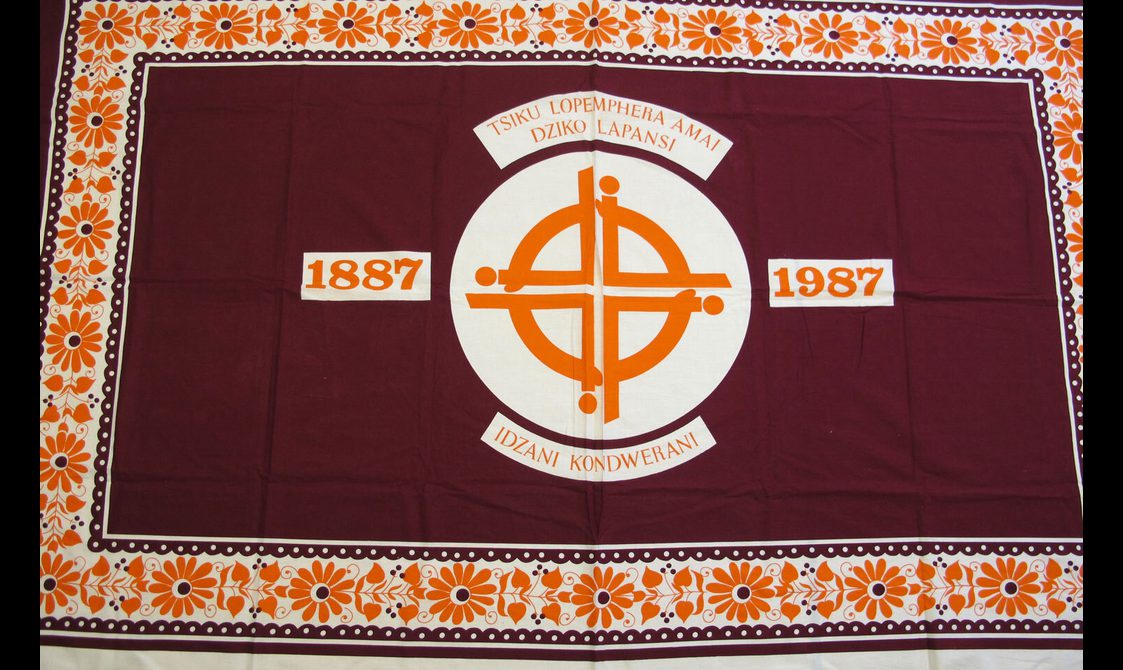
One innovative project between Edinburgh School of Art and the Museum used this growing collection of printed cloths as a source of inspiration for 2nd year textile design students to each create a length of their own design printed cotton commemorative style cloth. In October 2016, thirteen students, with Programme Director Lindy Richardson, made a visit to the National Museums Collection Centre, where they were introduced to a range of cloths, most collected from Malawi and Mozambique.
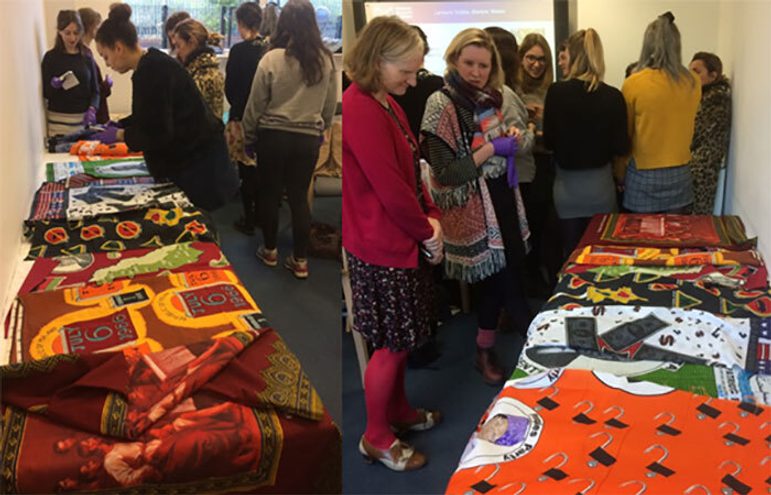
The project aim was to create their own unique design to reflect their personal preoccupations and interests with contemporary, social issues ranging from famous individuals to events of the day. The students did not disappoint! A rich and varied range of designs with powerful messages were created, which they transferred to the cloth.
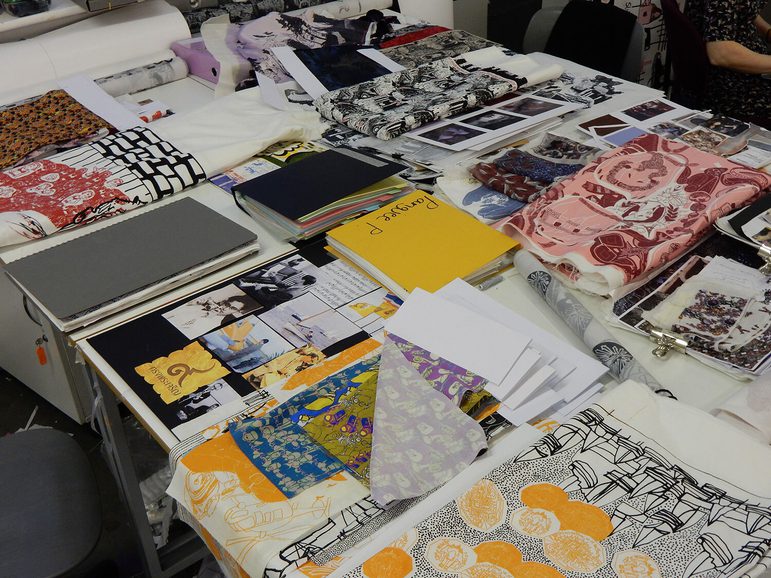
The students then made the cloth into simple garments with ECA designer Niki Taylor, using zero waste pattern cutting techniques. They also created 3D accessories created as a result of an initiative with the Royal Botanic Garden in Edinburgh. A selection of these highly original garments was shown on the catwalk of the ECA annual fashion show, held in NMS Grand Gallery in 2017.
Image gallery
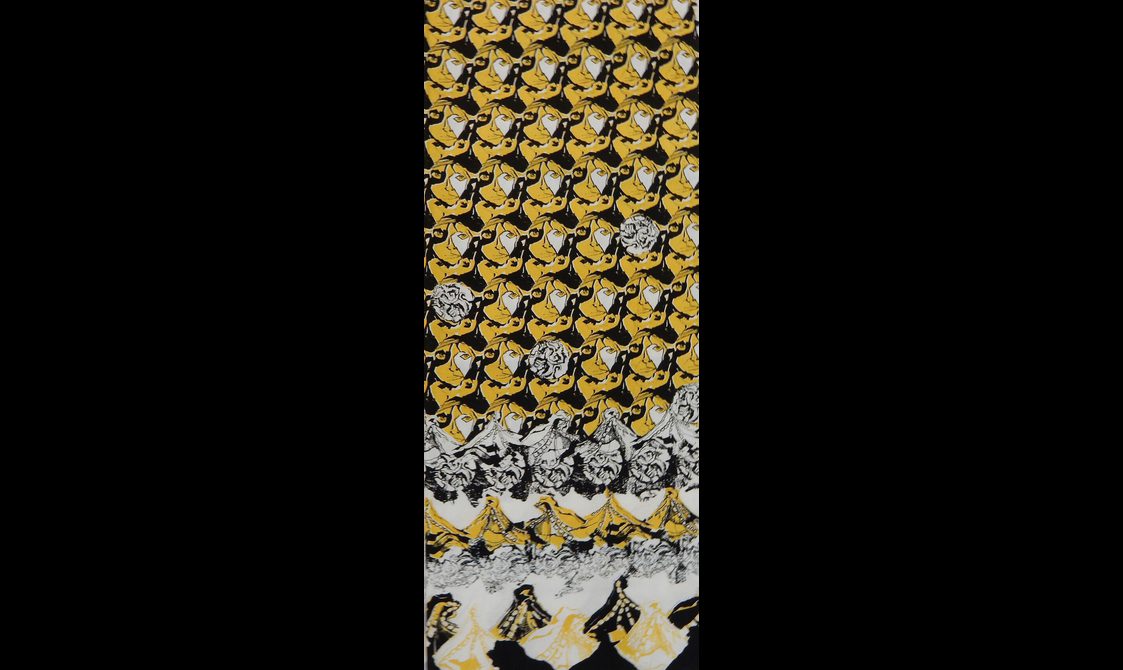
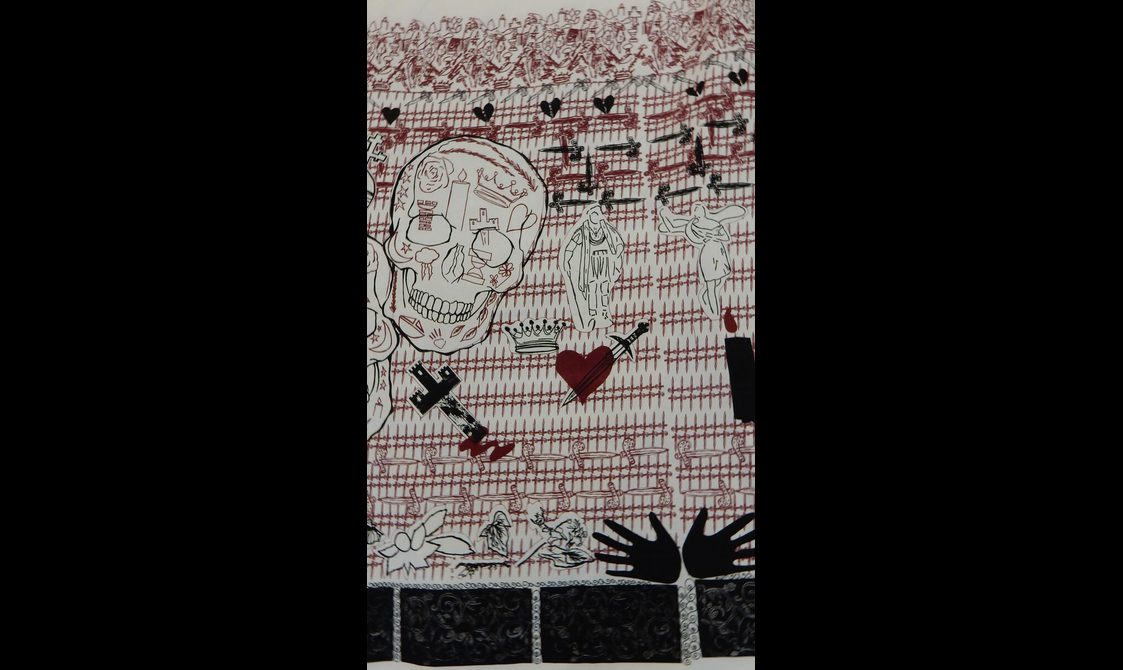
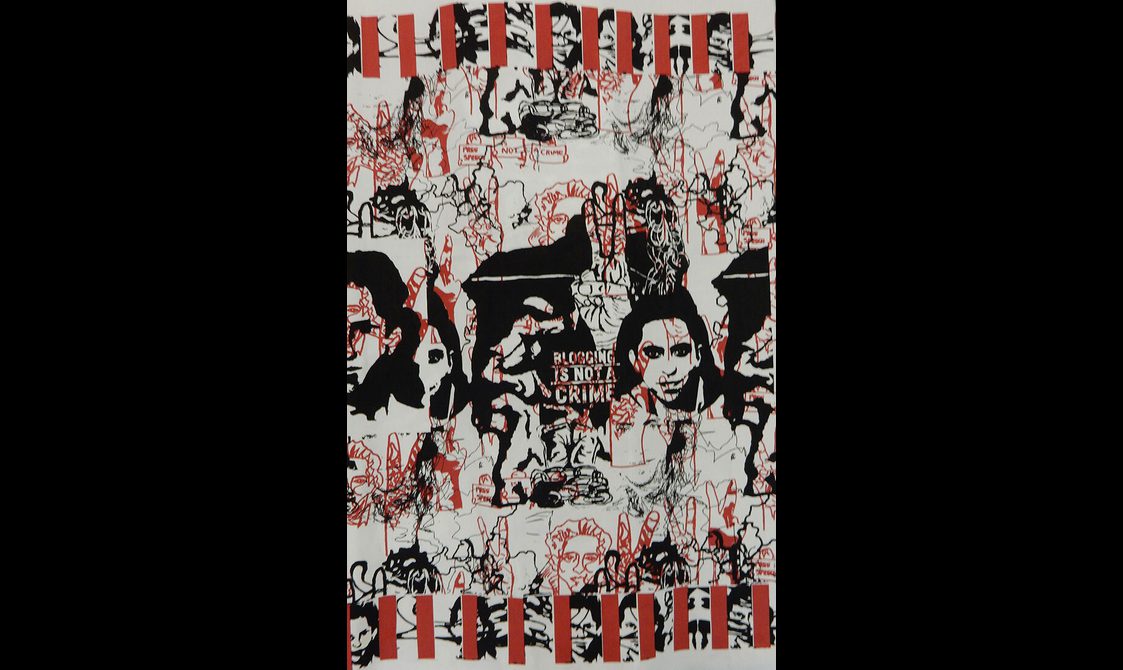
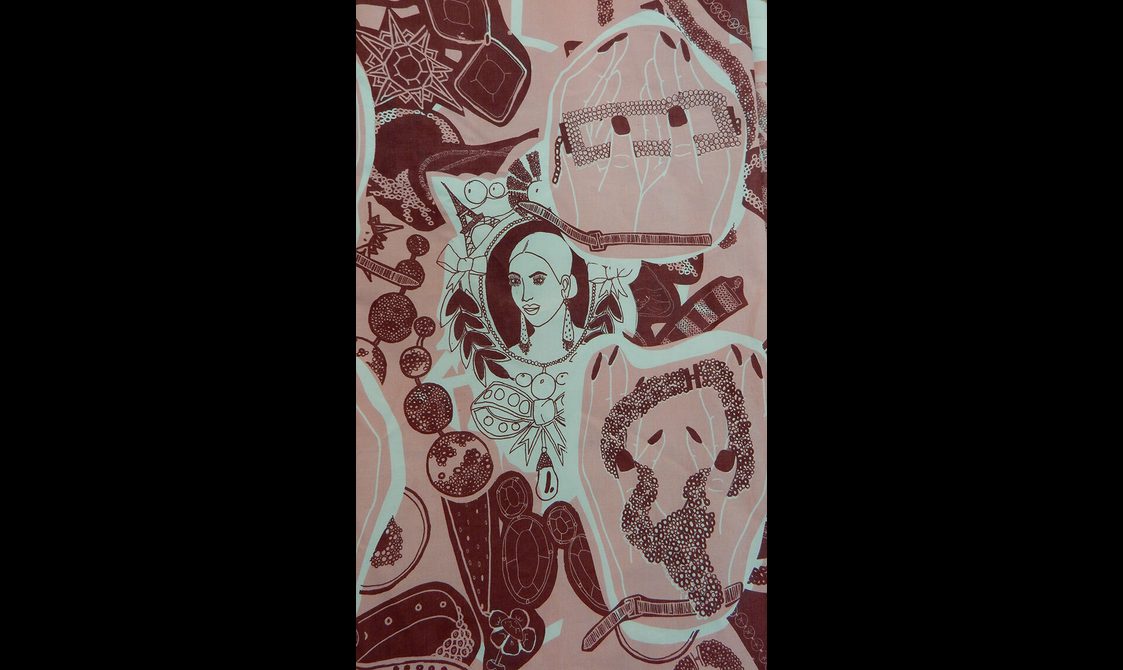
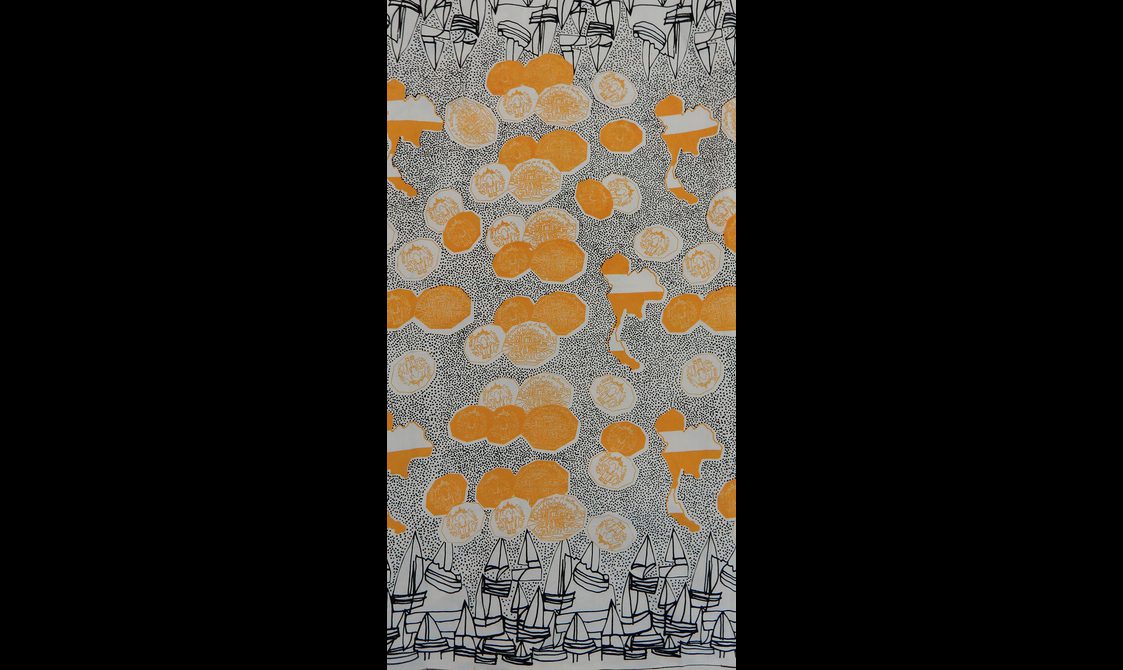
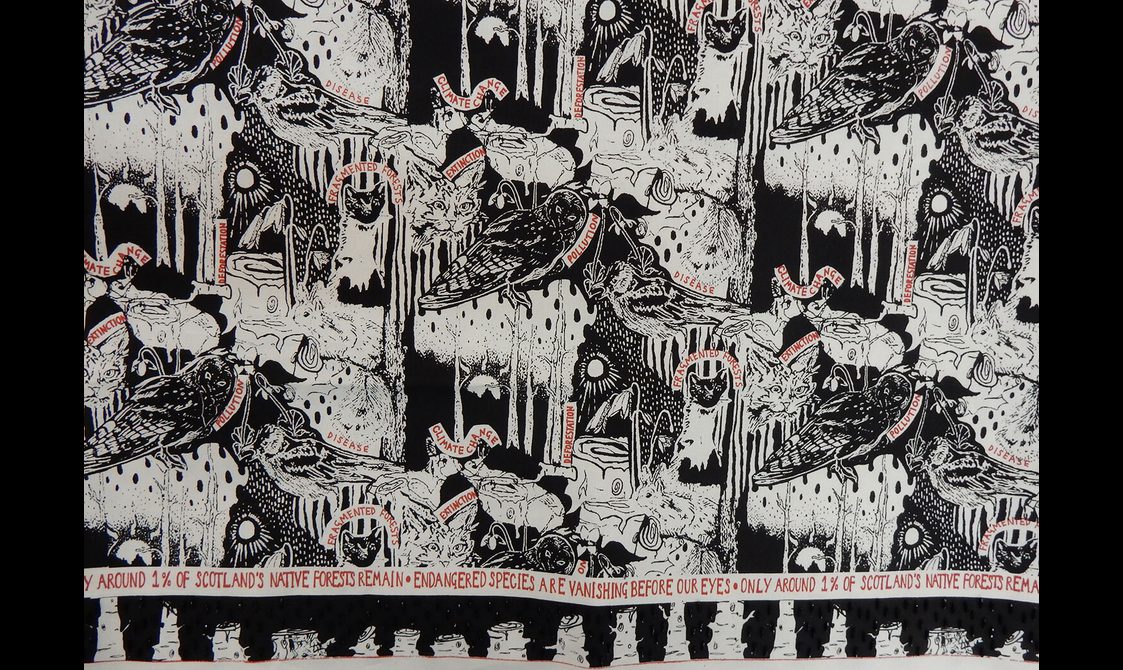
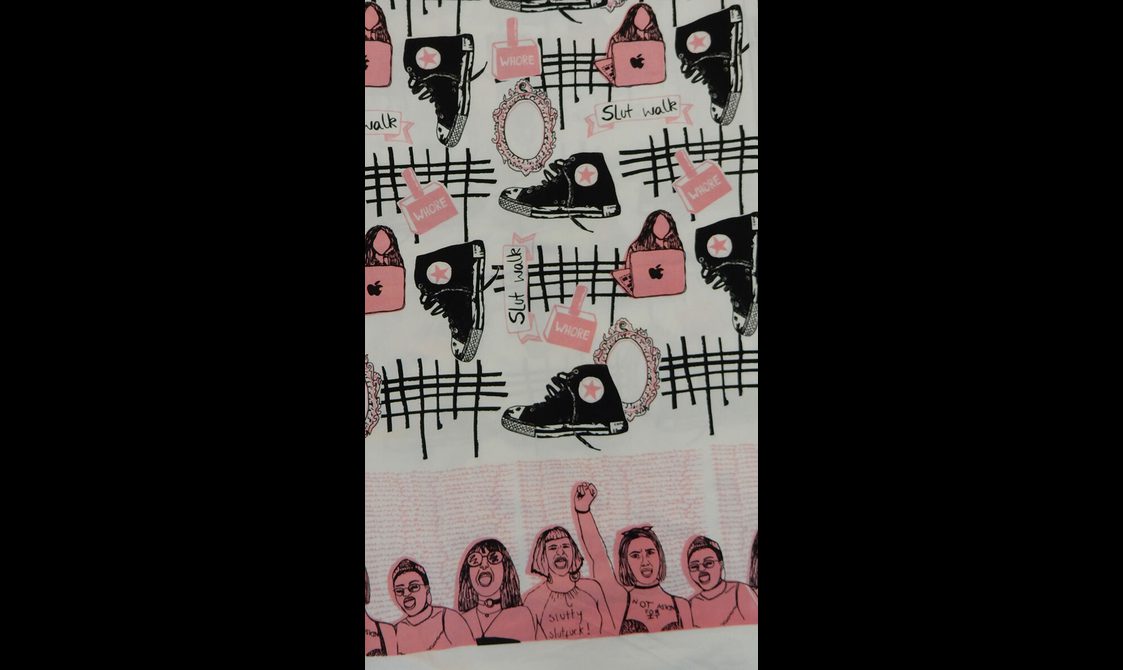
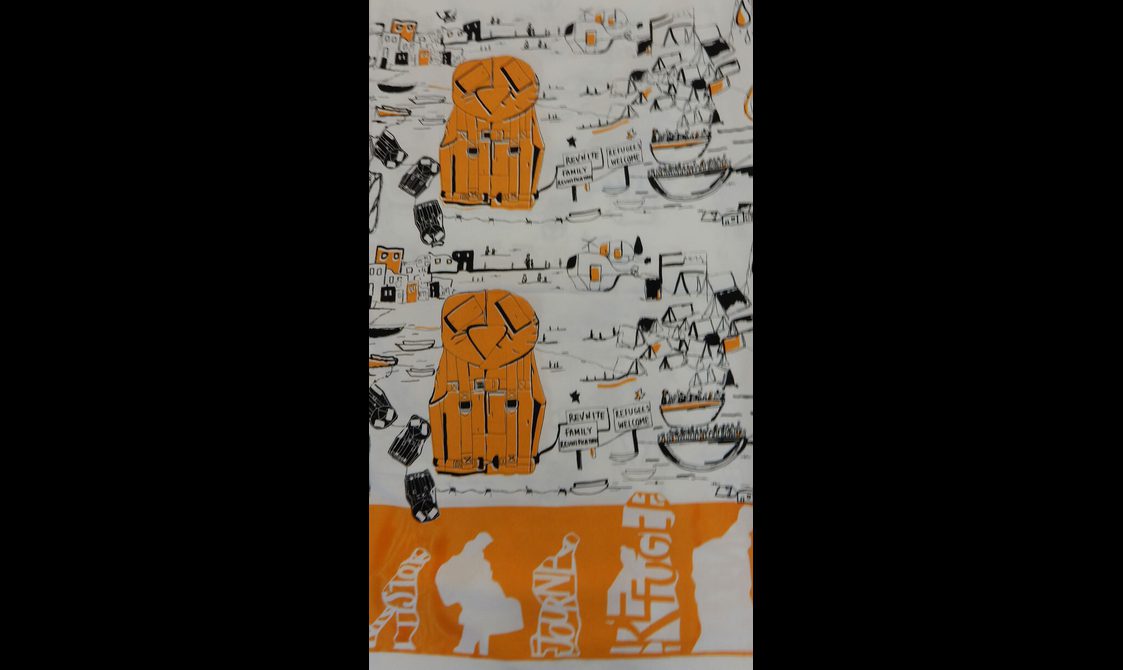
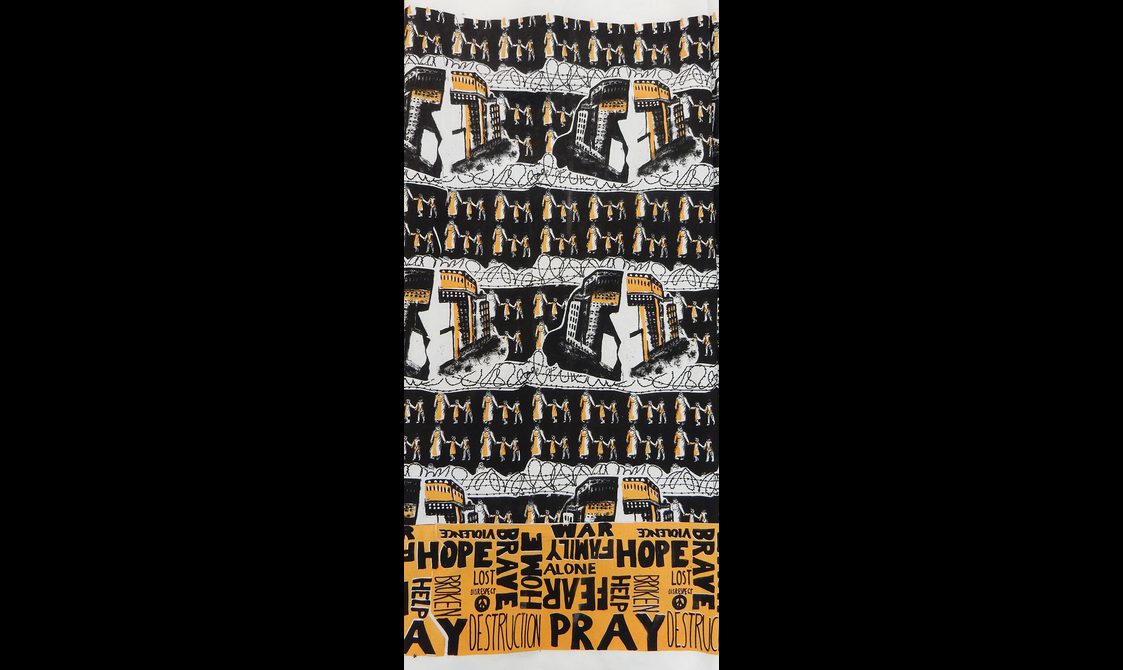
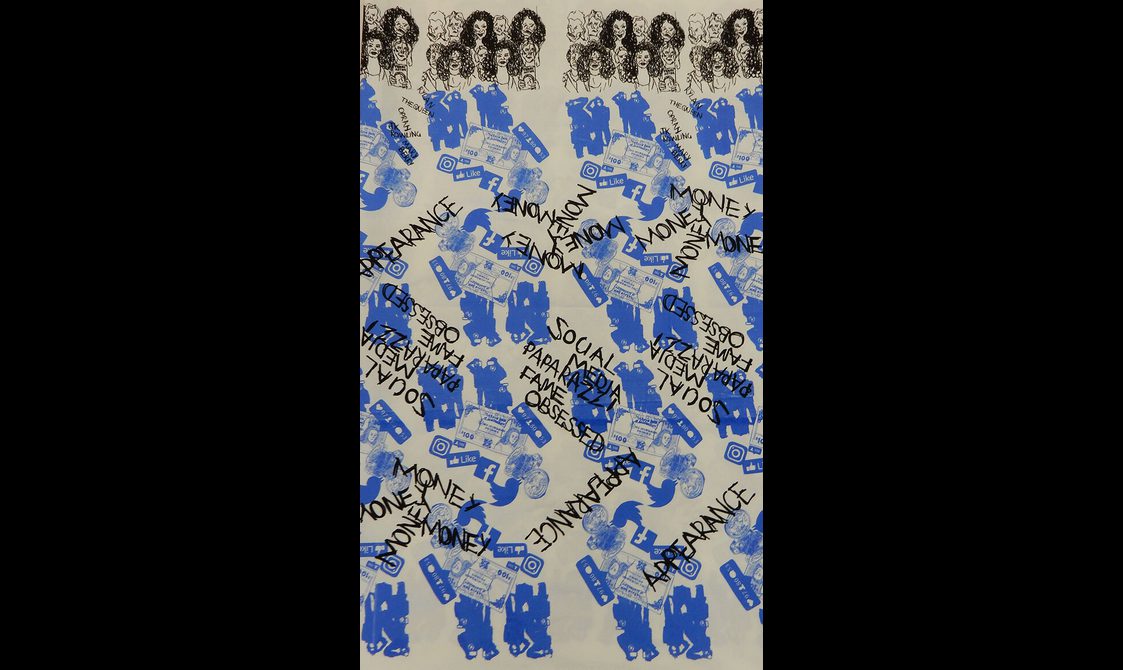
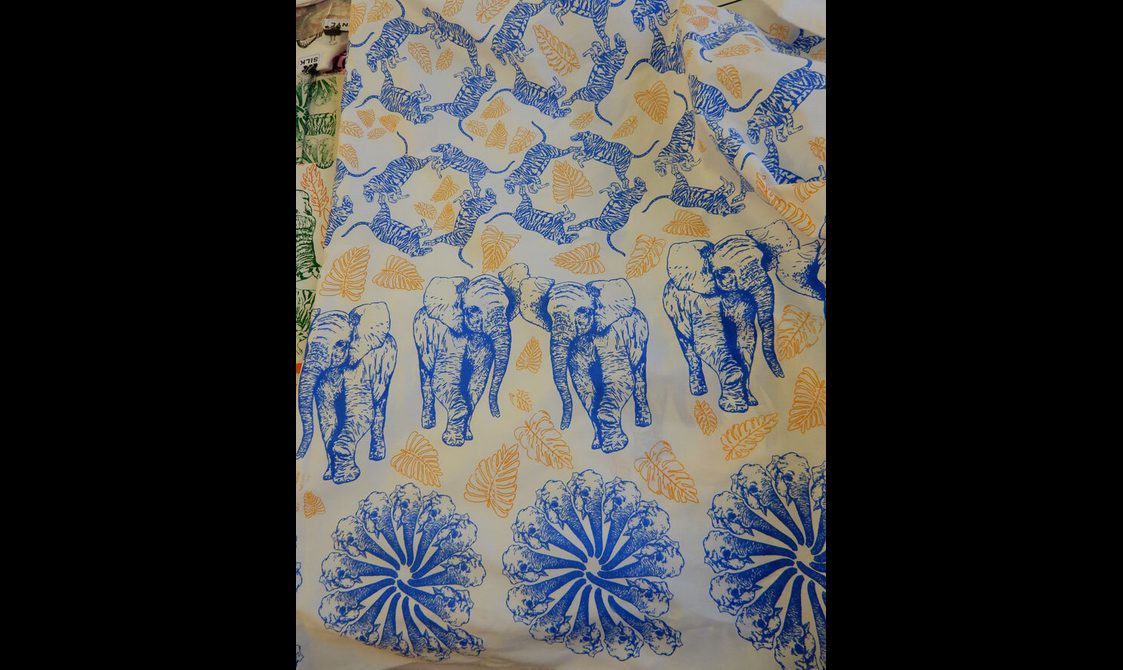
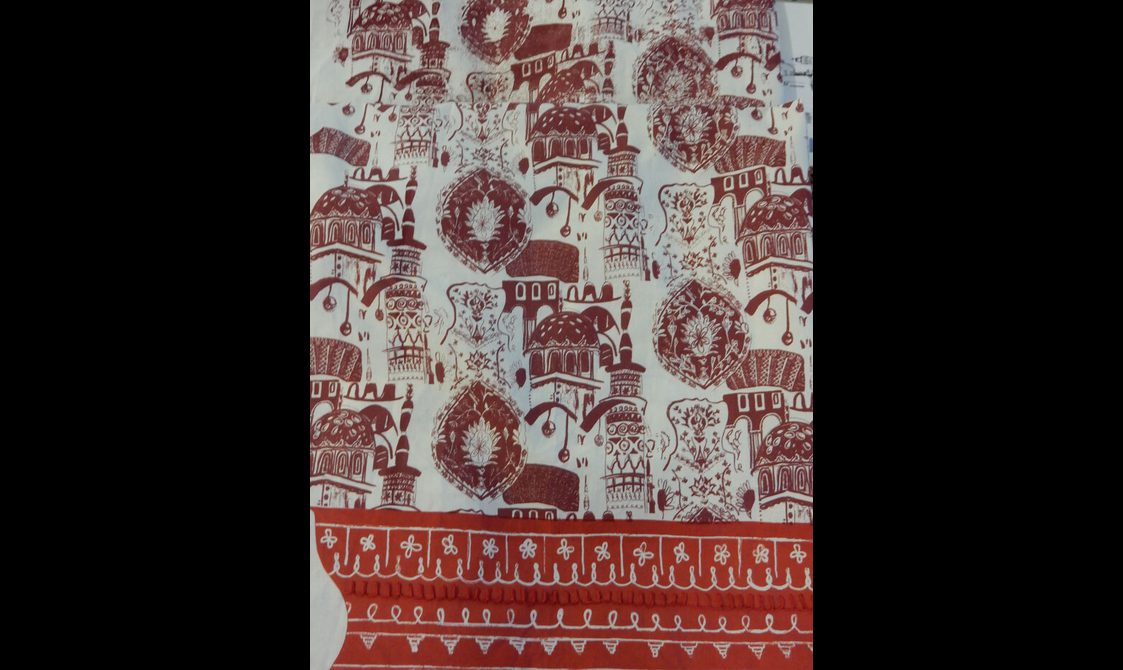
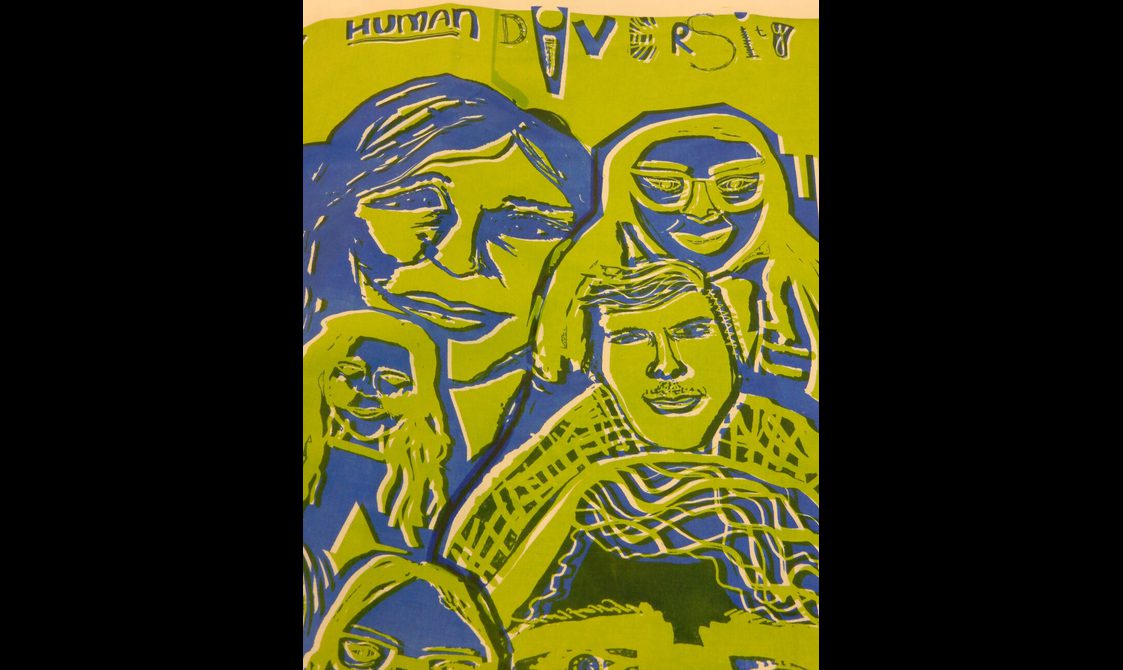
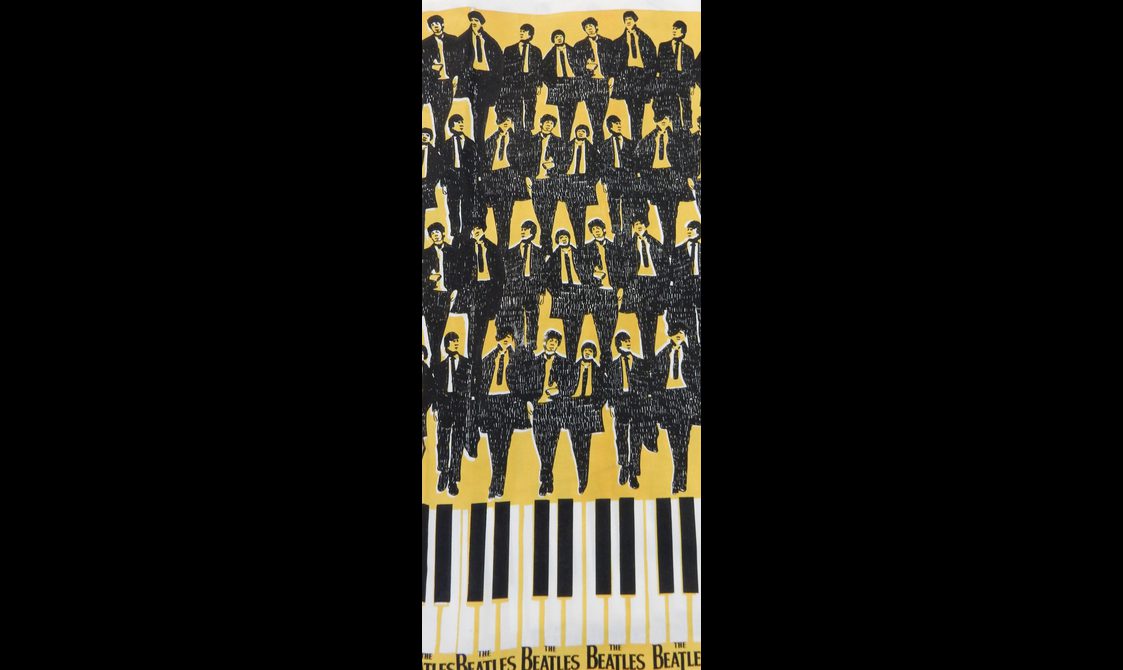
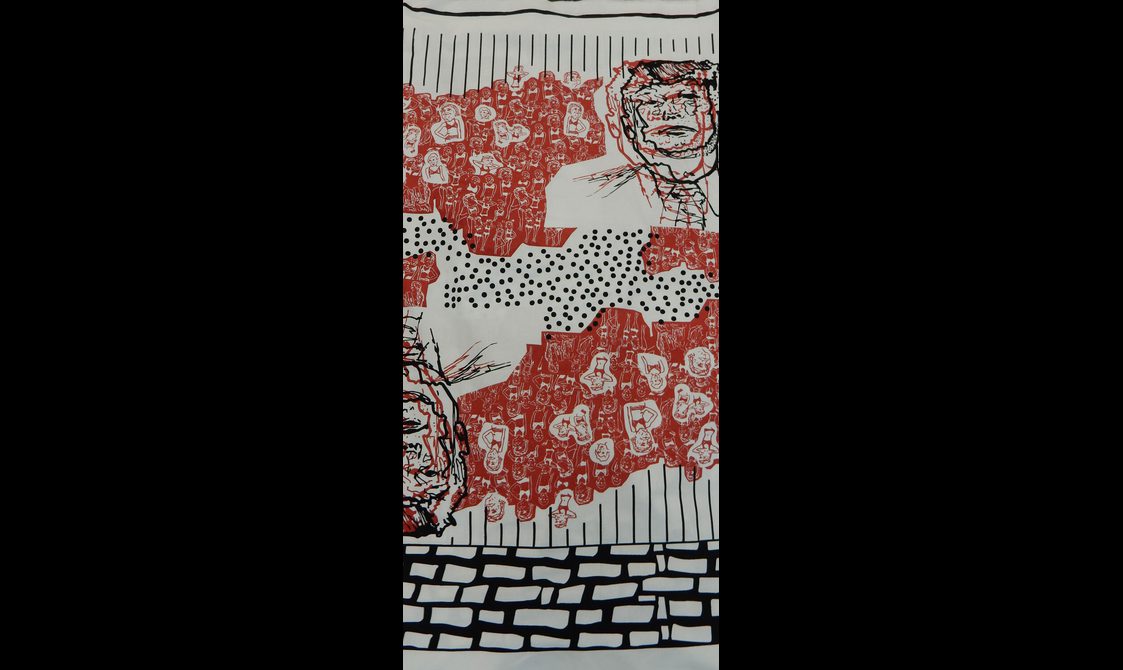
This collaborative project was an opportunity to engage new audiences with contemporary African arts, creating links across cultures and introducing the Museum’s African collections as an inspirational resource for students and researchers of material creativity. To find out more about this project see S. Worden & L. Richardson, ‘Communicating through cloth: From Malawi to Scotland, inspiring creative content in contemporary textile design across cultures’ in Journal of Museum Ethnography, no. 31 (March 2018), pp. 129–148.
Project contact
Dr Margaret Maitland
